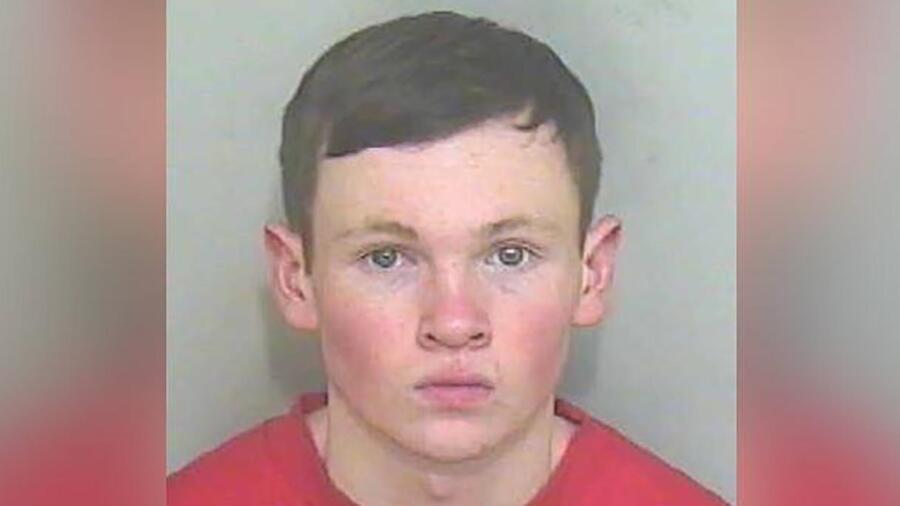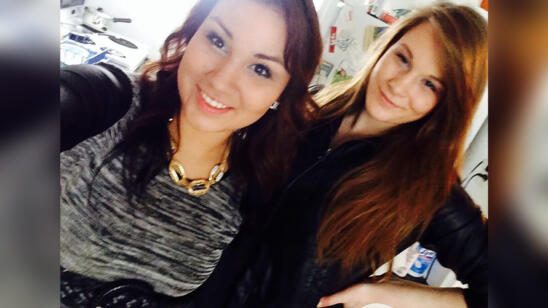Daniel Tate wanted a car, and didn’t care if he had to kill to get one.
So on July 23, 2017, the 20-year-old Wisconsin man lured 17-year-old Olivia Mackay to a secluded Lake Michigan beach and strangled her.
At his murder trial, jurors learned that Tate had met Mackay through Facebook right before the murder. The young woman thought she was meeting her online love interest in person for the first time.
While the majority of murders are committed by someone the victim knows personally, killers like Tate take advantage of the popularity of social media to seek out strangers for killing. To date, killers have used Facebook, Craigslist, Tinder, Grindr and various dating sites to target their victims.
And although most murderers find their victims offline, the problem is so widespread that some states have passed laws to make online-dating websites safer.
Dr. Elizabeth Yardley, professor of criminology at Birmingham City University in the U.K., says that although killers using social media to hunt for their prey is a relatively new phenomenon, it’s not entirely surprising.
“Killers target vulnerable people—[including] sex workers and the elderly—and now they’re doing that online, too,” Yardley says. “Social media is just another tool they’re using to find their victims.”
Yardley, who co-authored a 2014 study on homicide and social media, says sites like Facebook and Tinder help people form connections easily.
“The general culture around social media tends to be quite informal and chatty,” Yardley says. “We tend to be quick to establish relationships with people online and be friendly in a way we never would have before social media.”
What’s more, social media tends to lull people into a false sense of security.
“There is a lot of information about us on social media, and people tend to overshare. Even if [users] have an open Facebook profile, they don’t realize that literally anyone could see what they post, and that has enabled people who are predatory to find out quite a lot.”
Another way social media makes us vulnerable is that it blinds us to important clues that may warn of danger ahead of time.
“When we interact with someone face-to-face, we have eye contact and we can read body language,” Yardley says. “There’s a lot of information going back and forth, and we’re not consciously aware of that, but it’s very useful in figuring out whether the other person is a threat.”
Less than a year after Mackay’s murder, Tate and an accomplice were convicted of killing her and disposing of her body.
Here are three other examples of killers who found their victims online:
Lewis Daynes
In early 2014, 14-year-old Breck Bednar told his mother he was taking a cab to his friend’s house to build a computer server. Instead, Bednar, of Caterham, Surrey in England, met up with 19-year-old Lewis Daynes, who had spent months befriending and grooming the boy through an online gaming channel they both frequented.
For months, Bednar’s mother had grown steadily concerned with the amount of time her son spent online gaming with Daynes, and had even confiscated his computer in an attempt to keep Daynes away. But Bednar snuck out to meet him, and the results were fatal: Bednar was later discovered in Daynes’ apartment, bound, gagged and stabbed to death.
Daynes was convicted of Bednar’s rape and murder in 2015 and sentenced to 25 years in prison.
Bailey Boswell and Aubrey Trail
Sydney Loofe, a woman from Lincoln, Nebraska, thought she had found a kindred spirit in Bailey Boswell, a 24-year-old woman whom she had met and befriended on Tinder.
In November 2017, the two went on a date, and Loofe, 23, gushed to her friends about how well their evening had gone. Loofe was excited to meet up with Boswell for a second time, but after messaging Boswell through Tinder and going over to her house for a second date, Loofe vanished.
In early December, Loofe’s dismembered body was found in a field in rural Nebraska, and both Boswell and her 51-year-old male boyfriend Aubrey Trail were arrested in connection to her murder six months later.
Loofe’s death was particularly horrifying to her local community, as Loofe had always used caution when meeting up with people online, sending pictures and identifying information of her potential dates to her friends before meeting. Although the two have been charged with her murder, the case is ongoing. The state will be seeking the death penalty for Boswell.
Philip Markoff
A promising young medical student just months away from his wedding, Philip Markoff struck many as an unusual candidate for a murderer. But when he wasn’t attending classes at Boston University, authorities say, Markoff was busy trolling Craigslist for his victims.
In April 2009, Markoff allegedly went on a weekend-long spree of armed robberies, meeting up with women he found through the popular classifieds site, offering escort or massage services, and leaving one of them—Julissa Brisman—dead in a Boston hotel. After Brisman’s body was found, Markoff was arrested and charged with her murder as well as two other armed robberies. He pleaded not guilty at his arraignment.
Media widely labeled Markoff the “Craigslist Killer.” He committed suicide in his jail cell in August 2010 while awaiting trial.
Watch Daniel Tate’s “Murder at the Beach” trial on Law & Crime now.
Related Features:
How Social Media Has Helped Solve Murders and Capture Criminals
The Unsolved Delphi Murders: What Happened to Indiana Teens Libby German and Abby Williams?


